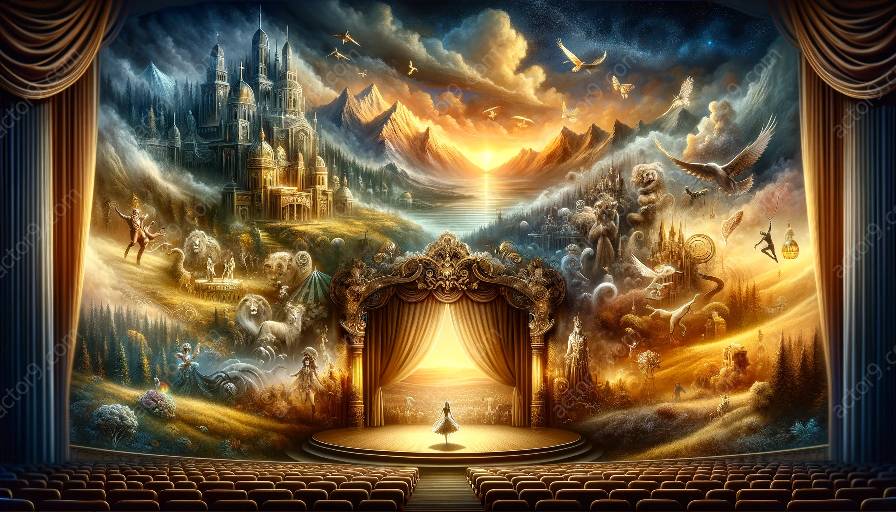The history of circus arts is a fascinating journey that has not only entertained audiences for centuries but has also deeply influenced various other forms of performing arts. From acrobatics to clowning, circus arts have left an indelible mark on dance, theater, music, and more.
As we delve into the history of circus arts, we will explore its impact on other performing arts and the evolution of this influential art form.
The History of Circus Arts
The origins of circus arts can be traced back to ancient civilizations where displays of physical prowess and entertainment were central to communal gatherings. However, it was in the 18th century that circus arts began to take shape as we know them today. The modern circus can be attributed to Philip Astley, who opened the first circus in London in 1768, featuring horse riding tricks, clowns, and other acts of daring.
The circus quickly became a global phenomenon, captivating audiences with its creativity and spectacle. Over the years, circus arts continued to evolve, incorporating new acts and technologies while preserving traditional elements that have enchanted generations.
The Influence of Circus Arts on Dance
One of the most prominent ways circus arts have influenced other performing arts is through dance. The physicality, agility, and grace displayed by circus performers have inspired and influenced dancers to incorporate similar movements and techniques into their choreography. Ballet, modern dance, and contemporary dance have all drawn inspiration from the fluidity and strength of circus acrobatics, creating a dynamic fusion of artistic expression.
The Impact on Theater
Circus arts have also made a significant impact on the world of theater. The use of comedic elements, physical comedy, and exaggerated gestures, often associated with circus clowns, has influenced theatrical performances, adding a sense of whimsy and lightheartedness to productions. Additionally, the spectacle and grandeur of circus performances have influenced the staging and production design of theatrical shows, creating immersive and visually stunning experiences for audiences.
Influence on Music
Circus music, with its lively and energetic melodies, has not only accompanied circus acts but has also influenced musical compositions. The playful and dynamic nature of circus music has found its way into various genres, enriching orchestral compositions, film scores, and popular music. The fusion of traditional circus tunes with modern musical expressions has created a diverse musical landscape that reflects the spirit of the circus.
Cultural Impact
Beyond the realm of performing arts, circus arts have left a profound cultural impact on societies worldwide. The inclusive and diverse nature of circus performances has fostered a sense of community and celebration, transcending cultural boundaries and bringing people together. Moreover, the resilience and daring spirit of circus performers serve as an inspiration, embodying the pursuit of excellence and the triumph of the human spirit.
Conclusion
From its humble origins to its global influence, circus arts have continuously shaped and enriched other forms of performing arts. The history of circus arts and its enduring impact on dance, theater, music, and culture attest to its exceptional legacy. As we continue to honor and appreciate the artistry and innovation of circus arts, we recognize its enduring influence on the captivating world of performing arts.


































